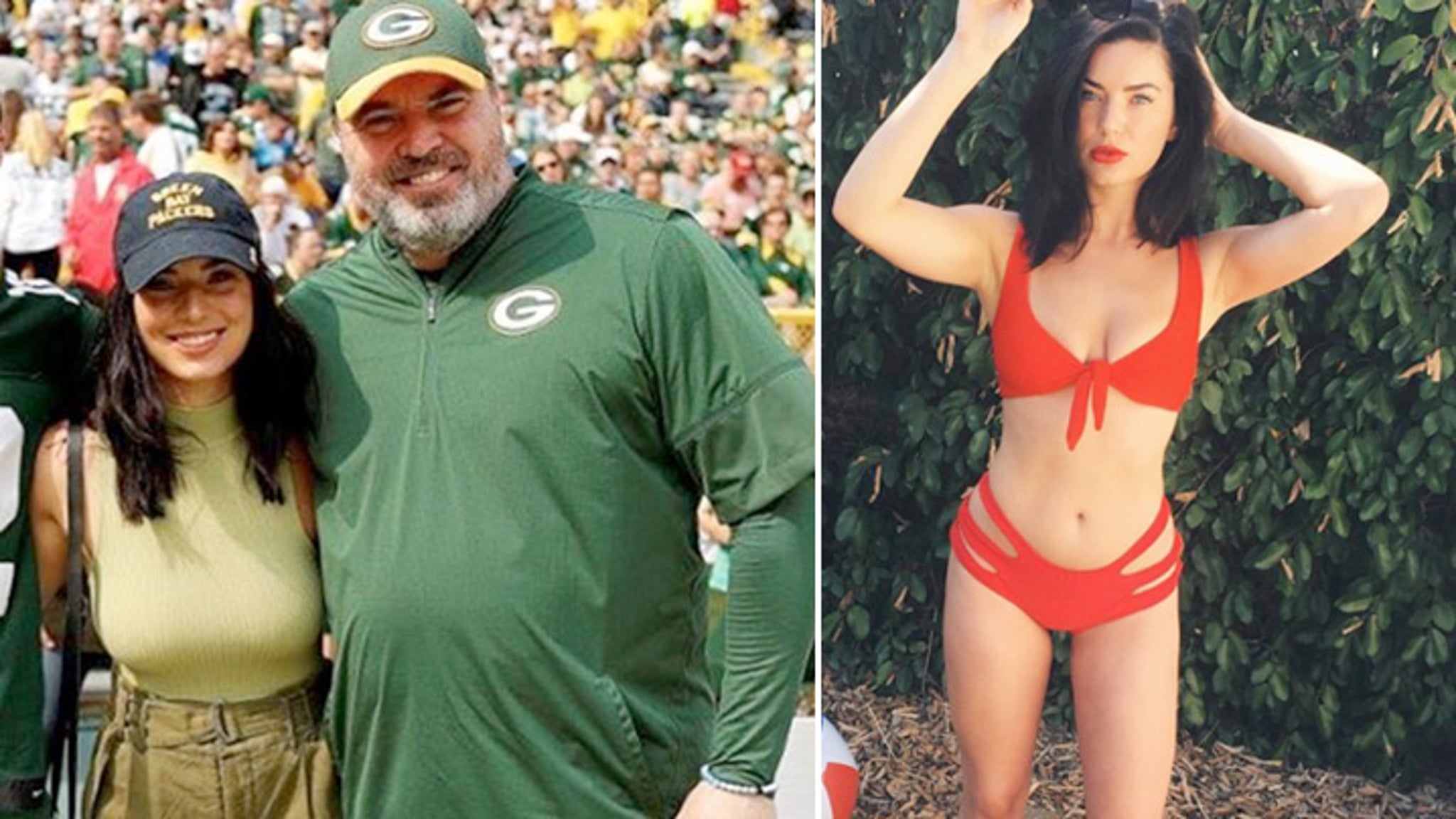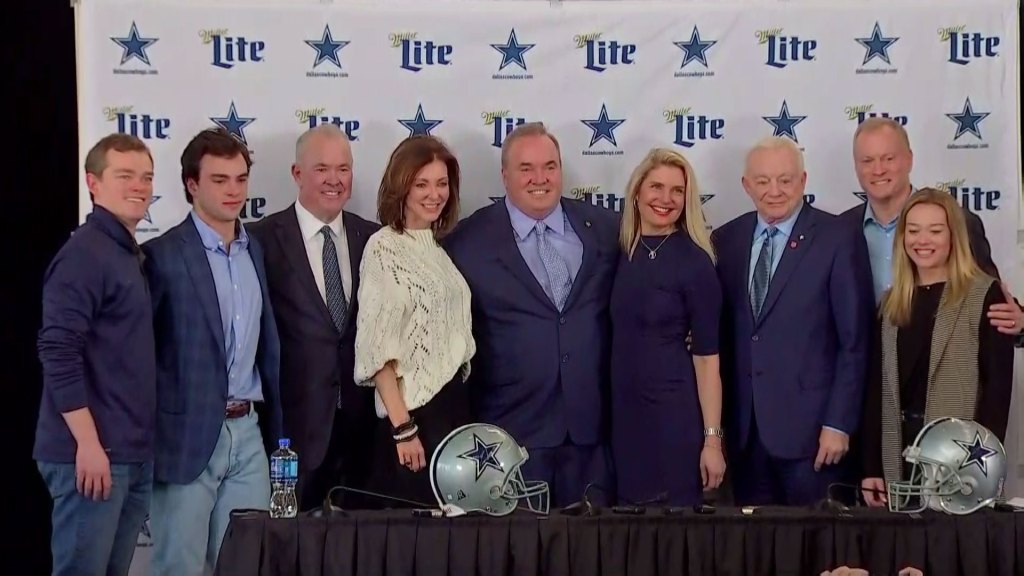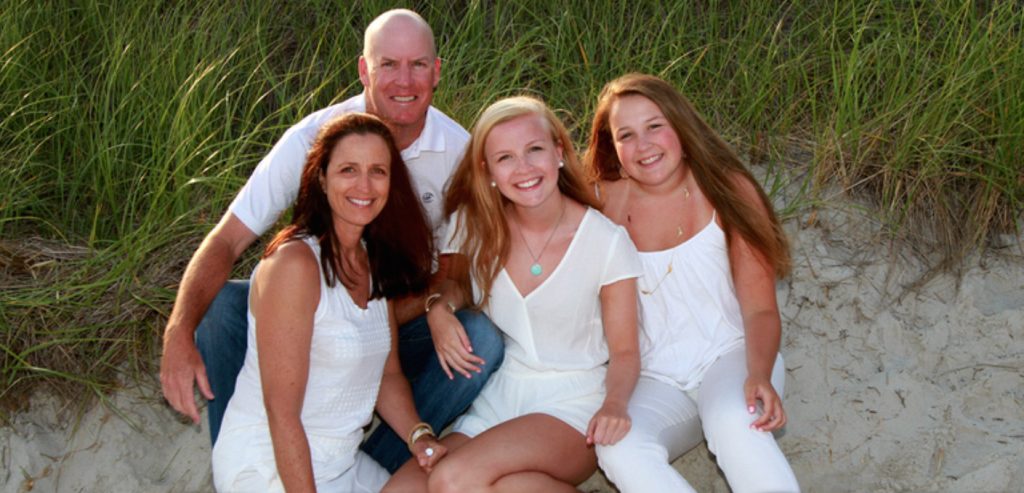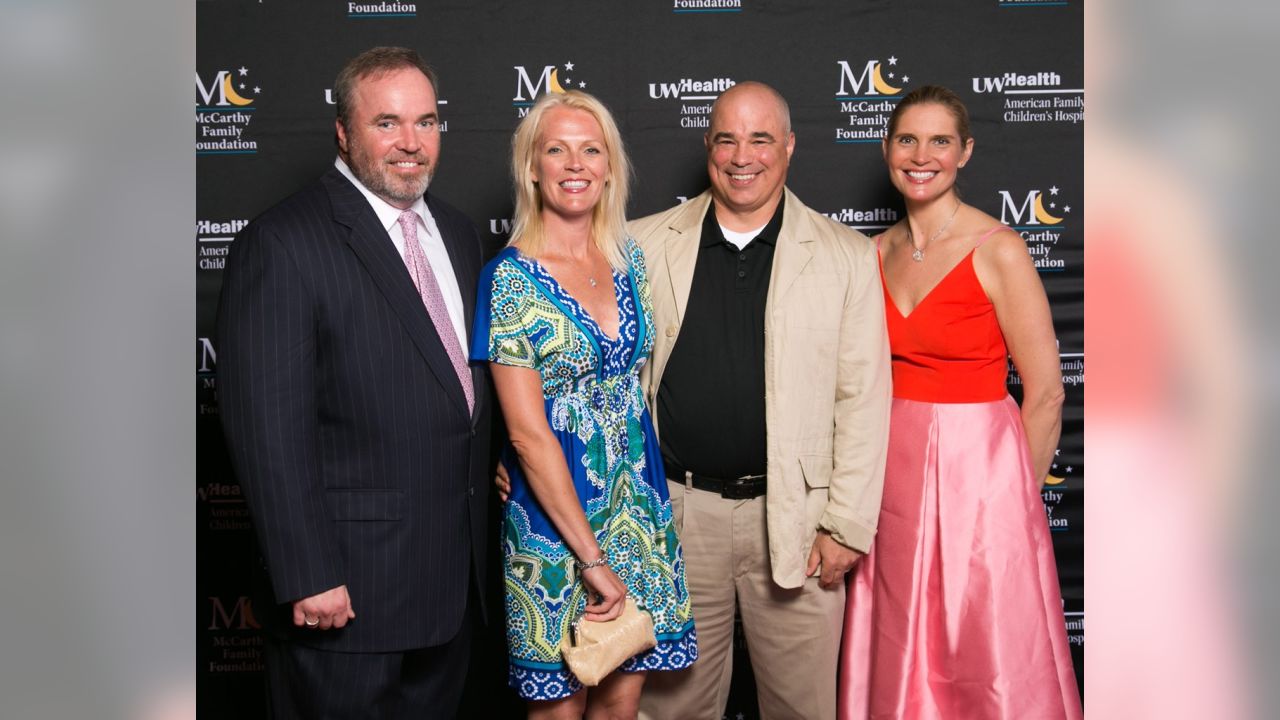Mike Mccarthy Family
- Mike Mccarthy Family In Texas
- Mike Mccarthy Family
- Coach Mike Mccarthy Family
- Mike Mccarthy Family Guy Meme Funny
- Mike Mccarthy Family Problems
- Mike Mccarthy Family Needs Football
- Mike Mccarthy Family Death
- McCarthy finished his first year with a 6–10 record, 3rd in the NFC East. After the season, which was the Cowboys' worst-ever defensive showing, McCarthy fired defensive coordinator Mike Nolan. In 2007, McCarthy was voted the Motorola NFL Coach of the Year after twice receiving Coach of the Week awards.
- This post is often updated with new information on Mike McCarthy’s estimated income, salary and earnings. If something is missing, please check back soon or let us know. Did you know: He was the Offensive Coordinator for the Saints and the 49ers before being hired as the Packers’ head coach in 2006. Mike McCarthy’s life path number is 22.
- Find Washington attorney Michael McCarthy in their University Place office. Practices Family, Land use and zoning, Personal injury. Find reviews, educational history and legal experience.
Following his hiring by the Cowboys in January, McCarthy initially traveled back and forth from his new home in Frisco to see his family in Green Bay, Wis., where he coached for 13 years before.
The McCarthy Surname Study was started in 2002 and seeks through Y-DNA analysis to identify the Y-chromosome genetic profiles of those with a paternal McCarthy (or variant thereof) ancestry, and in so doing to facilitate worldwide family connections among McCarthys.
It became very clear from the earliest results that not all male McCarthys could possibly claim ancestry in the eponymous Cárthach (d.1045), as suggested in historical writings, and the majority of us have probably acquired the name simply by being among the peoples over whom he or his immediate successors as kings of Cashel and Desmond held sway (clan affiliation) or by other means as suggested in “Diversity in McCarthys” below.
Both historically and in recent times McCarthys have been distinguished from one another by the branches of the McCarthy “tribe” to which they belong, whether the leading families of the various MacCarthy septs (Mór, Reagh, of Muskerry, of Duhallow, Glas etc.) identifiable in the ancient histories as in use from ca. 14th century, or more recent agnomina which many present day McCarthys are proud to cite, e.g. Cnoic / Cunic , Cremin / Crimeen, Cruig, Daunt, Farshing (Fairsinn), Guidagh (Gaibhdeach), Meenig (Muineagh), Norsa, Rabagh, Sowney. In early 19th century Irish records these names often stand alone in place of 'McCarthy'; elsewhere they qualify it. In some cases the sept names or agnomina have survived in their own right to eliminate the use of the McCarthy name altogether: McAuliffe, for example, was said to be a 12th century branch of the royal family. All such names are admissible to the Study where a McCarthy origin is conceivable. The Study seeks also to identify the Y-DNA profiles defining these branches and establish what, if any, are the relationships between them.
To understand the first millennium origins of the various McCarthy lineages, the Project Administrator has compared McCarthy data with that for other surnames where a similar genetic profile is observed. A series of phylogenetic trees - from around 2400 B.C. to the present day - depicting McCarthy members’ paternal lineage relationships among themselves and to those with other surnames is provided at www.mccarthydna.wordpress.com/. This 'McCarthy Scrapbook' site is used for files too large to be presented on these FTDNA pages and also accommodates presentation material, scholarly articles and a listing of McCarthy agnomina.
ARTICLES ON THIS WEBPAGE
This webpage contains the following further articles:
McCarthys in Antiquity
Y-DNA Phylogenetic trees
References for McCarthy Genealogists
McCARTHYS IN ANTIQUITY
Original - 10 May 2010.
Last updated – 29 September 2017.
1 Introduction
The following is written by an amateur genealogist and historian with a view to providing useful information for members of the McCarthy Surname Study, some of whom may be more knowledgeable, some beginners. The author will be happy to review, and correct where justified, any perceived errors. A modicum of understanding of DNA diversity is assumed: please refer elsewhere on the FTDNA website or to the most helpful ISOGG (International Society of Genetic Genealogy) website for the science of SNPs (Single Nucleotide Polymorphisms), the phylogenetic tree, STRs (Short Tandem Repeats), DYS (DNA y-chromosome Segment) values / alleles, the distinction between a haplogroup (of which clade or subclade are used to indicate subdivisions in the following) and haplotype, and their use in genealogy.
2 Brief history
The earliest evidence of homo sapiens in Ireland is from ca 8,000 B.C., when it is believed he entered present day Co. Antrim from south-west Scotland, either by boat or via the landbridge still remaining as the last ice age closed and the sea levels were still rising. Throughout the Mesolithic and Neolithic periods (ca. 8,000 - 2,000 B.C.) it seems probable that the inhabitants of Ireland were, as those of Britain, the descendants of those who had retreated towards the Iberian, in particular, and Italic peninsulas during the last Ice Age and the peoples who already occupied these warmer climes, along with any new waves of migration from south-east Europe. Megalithic tombs were rare in the extreme south of Ireland, suggesting that the south of Munster was more thinly populated than the north in the Neolithic Age.
By the beginning of the Bronze Age, however, the first carriers of yDNA haplogroup R (in the form of R-M269) were reaching the Atlantic shores of Europe at the end of their centuries- or even millennia-long trek from Anatolia and the Caucasus. One of its most frequently found subclades in Ireland, that of the SNP R-L21, is believed to have originated in the Rhineland ca. 2,400 B.C. The haplotype associated with this SNP, or those in its lineage immediately preceding it, is known as the Atlantic Modal Haplotype (AMH). The progeny of the “father” of R-L21 came to dominate the tribal lands of Gaul, Britain and Ireland. The discovery of rich copper deposits in south-west Munster increased the influx of migrants and traders into this region during the Bronze Age, and with them, by whatever route, no doubt came the expanding family of R-L21 along with other haplotypes to be found in the areas of their provenance, the trickle of newcomers from Britain and Continental Europe continuing through the Iron Age, the Viking invasions, and up to and beyond the 12th century A.D. Norman invasion, each new arrival being assimilated into Munster culture and society.

The most difficult aspect of Irish genealogy for many is the lack of parish records much before 1815 in rural areas and the later 1700s in the major towns. However, although following a paper trail back through the 18th century may be impossible for many, what lies beyond is a unique store of genealogical information stretching back many centuries. It was the custom of the peoples who occupied Ireland 2,000 or so years ago to designate a member of each community (or “tribe” or “family”) who would learn, remember and recite its genealogies. Early in the first millennium, these began to be written down. In due course the earliest writings wer thise lost, but successive copies retained the information, albeit flavoured with mythology, distorted by inventiveness or corrupted by political correctness. Certainly from the time of early Christianity in (the 5th century A.D.), when monks began to take on the role of the scribe, the genealogies were woven with biblical connections, placing them in a context which tied together all strands of known history. But whether fact or fiction, we do have a lineage claimed to have produced the leading MacCarthy families and which goes back before these earliest written genealogies. Written sources from about the 12th century onwards indicate that this MacCarthy family derived from the Eóghanachta of southern Ireland, who are claimed to have also spawned the McAuliffes (from Tadhg MacCarthy), McGillycuddys, O’Callaghans, O’Donoghues, O’Keefes, O’Mahonys, O’Sullivans, O'Moriartys and others. The Eóghanachta took their name from the third century A.D. Eóghan Mór (Eugene / Owen the Great), son of Olioll Olum, King of Munster. However it is suggested that the identity “Eóghanachta” only came into being following the era of Eóghan Mór’s gt gt grandson (Conall) Corc, in the 5th century A.D. On the death of King Olioll Olum, his kingdom was allegedly divided into Desmond (south Munster), ruled by Eóghan Mór (or a son thereof), and Thomond (north Munster), by Eóghan’s brother, Cormac Cas (from which the term dál gCais, or Dalcassian, is derived to describe its peoples). Most historians now consider this story to have been fabricated at some stage to provide the image of a unified population. Certainly the genetic signatures of those who it is suggested have 'Eóghanacht' and 'Dalcassian' y-DNA haplotypes are not consistent with common ancestry as little as 1,600 years ago. And as Fig. 1 on our Wordpress website will show, even though there is remarkably good alignment of the (phylo)genetic tree with descendancies from Olioll Olum according to the literature for a number of surnames, the 'leading MacCarthy families' do not align with this origin too far, if at all, before the 10th century A.D.

The McCarthy name itself derived from Cárthach, the King of the Eóghanachta of Cashel, who was killed by the Lonergan clan in 1045 (as recorded in various annals), and pedigrees have been published displaying the many branches of the family deriving from his grandsons Tadhg (Timothy) and Cormac – there was possibly also a brother Donncha (Denis) - dividing in subsequent centuries into a number of “septs”. Cárthach's son, Muireadhach mac Cárthaigh (son of Cárthach), was the first to adopt the surname of McCarthy (as it is most commonly anglicised these days). Fig.2 at www.mccarthydna.wordpress.com/ indicates derivation of the primary septs plus a number of key secondary septs. (Note this now includes indication of a approximate positions of SNPs where the findings of Y-DNA investigation are considered to align with the historical tree. This is explained on the Results page).
Mike Mccarthy Family In Texas

The case for maintenance of a continuing blood line in the Eóghanacht, Dalcassian or other similar lineages lies in the tanistry practiced under Brehon Law, which continued until the dismantlement of the Gaelic order at the end of the 17th century. Each new king, chieftain or chief was supposed to be elected from within the blood line. Thus each of the various MacCarthy septs, such as the senior line of MacCarthy Mór, which eventually migrated to Co. Kerry, MacCarthy Reagh (Riabhach) based at Carbery, the Duhallow MacCarthys, in north-west Cork, MacCarthys of (East and West) Muskerry, and MacCarthy Glas of Gleannacroim (in the vicinity of Dunmanway), are shown on ancient pedigrees as tracing back to Cárthach and Muireadhach.
3 Diversity among McCarthys
As indicated on the Results page, SNP testing and predictions reveal that about 10% of McCarthys belong to haplogroups E1b1b1a (E-M78), G, I1, I2a, I2b1 and R1a1, with the remaining 90% falling in haplogroup R-M269 (FTDNA’s R1b1a2), but notably, so far, none others. Like R1b1a2, the I* clades prevail not only in Ireland, but also in Western Europe, I1 being prominent in Scandinavia, and I2a in several locations in Southern Europe. E1b1b1a is believed to have appeared in N. W. Greece about 8,500 years ago and its subclades have strong Mediterranean/ Adriatic connections (ref 1). Each of these other haplogroups had gone their separate ways before the last ice age, so clearly their members cannot be traced to the same 3rd century male ancestor as those of R1b1a2, even if they may by that time have been living side by side in the same population group.
Mike Mccarthy Family
Haplogroup R1b1a2 (R-M269) was founded in the same era as E1b1b1a – experts believe in the region of the Caucasus or Anatolia. Three or more SNPs later (“deeper”) along a lineage derived from M269, the phylogenetic tree divides into the parallel branches identified by SNPs R-P312 / S116 (Note 1) and R-U106, and among the various subclades under SNP R-P312 is that defined by the aforementioned SNP R-L21 / S145. Between 82 and 90% of all McCarthys share common paternal ancestry in this R-L21 progenitor (along with 70% or more of other Irish men). However, significant differences in their haplotypes are proof of divergence soon after, and thus that these R-L21 McCarthys too comprised a number of different lineages each with their own origins – common ancestors - emanating from the Bronze Age.
The Trinity College, Dublin, Irish DNA project of around 2003/04 by D G Bradley and B McEvoy identified through STR testing that many O’Neills and carriers of other surnames common in north-west Ireland appear to descend from two particular common ancestors, and that calculations of the time to the more distant of these was consistent with him being the legendary Niall of the Nine Hostages (ca. 400 A.D., but note that the benefit of more extensive testing has subsequently shown his time to be much earlier than Niall). But others of these same modern-day surnames clearly did not share these ancestries. A similar situation exists for the name McCarthy and its variants. A McCarthy surname pertaining to a bloodline other than that of Cárthach, King of the Eóghanachta of Cashel, could arise from, for example:
•Soldiers, serfs, or slaves or hostages taken in battle and who remained with their captives, all under the tutelage of a McCarthy king, chief or chieftain, adopting this surname.
•Rape of McCarthy womenfolk by invading forces.
•Other illegitimacy *
•Adoption (e.g. by a chieftain of a sister’s orphaned children) or taking a foster-father's name*.
•Raiders such as Vikings being absorbed, a century or two after they settled in Ireland, into the group which became the McCarthy family as they became gaelicised.
•Stepsons taking the McCarthy name of their new stepfather (early deaths of husbands or wives, and thus remarriages, were common) *.
•Sons taking a mother's McCarthy maiden name for reason of its prowess.
•The male progeny of Cárthachs other than he who died in 1045. Cárthach was not an uncommon name in 1st millenium Ireland and several Ui Cárthaigh (O'Carty) septs arose scattered about Ireland. In due course some of the (O')Cartys arising therefrom may have adopted the better known McCarthy name.
Some of the above are referred to as NPEs (Non-Paternal Events) in genetic genealogy. Items marked * could, conversely, similarly account for male descendants of the eponymous Cárthach bearing other surnames in the present day. See also the next paragraph for a further source of other surnames.
Coach Mike Mccarthy Family
4 McCarthys in disguise
Mike Mccarthy Family Guy Meme Funny
Whereas many have gained the McCarthy surname by the means indicated above, others have lost it through the use of agnomina to distinguish one McCarthy family from another and which subsquently supplanted the McCarthy name altogether. These agnomina could typically indicate a physical characteristic or disability in the founder, a location in which the family lived or a mother’s maiden name, and some could clearly lend themselves to other original surnames in different locations. And since the written form of names would vary according to the whim of the writer, interpreting the spoken word, further variations occurred as families migrated to parts of the world initially unfamiliar with Irish names. Thus a West Cork McCarthy family - known to the writer - which took Cremane as an agnomen in due course became the Creamer family following migration to London, with no hint any longer of its McCarthy origins. Similarly some nineteenth century baptism and marriage records refer, for example, to the surnames Farshing, Crimeen and Meenig, but it is often clear from research that these are McCarthys.
References
1. Eupedia website(http://www.eupedia.com/europe/origins_haplogroups_europe.shtml#E)
Notes
1. SNPs are denoted with a letter identifying the laboratory or accredited research group which discovered them plus the discoverer’s allocated reference number. Where two (or more) laboratories have made the same discovery, both numbers are quoted, in alphabetical order.
Y-DNA PHYLOGENETIC TREES
Mike Mccarthy Family Problems
Original (as Subclades of R-L21) - 23 March 2012
Last updated - 24 July 2018
The International Society of Genetic Genealogy (ISOGG), a volunteer organisation respected by most parties involved in genetic genealogy, maintains a complete Y-DNA SNP tree at http://www.isogg.org/tree/index.html. New SNPs are added subject to proposal information meeting standards of acceptance. FTDNA's own haplotree, to be found on members' Home pages under the 'Haplotree and SNPs' tab, is another tree resource, and is now usually more advanced. Such SNPs often first appear on websites maintained by volunteers analysing Next Generation Sequencing (NGS) testing such as FTDNA’s Big Y, or by professional organisations offering such services and maintaining their own trees. For those within the R-P312 Groups (90% of McCarthys and which are inclusive of R-L21), Alex Williamson’s master tree at http://www.ytree.net/ is the recommended reference for early assignment of such new SNPs. This utilises 'VCF Folders' submitted by Big Y and other NGS testers to the 'Y-DNA Warehouse' via the submission form at http://www.haplogroup-r.org/submit_data.php
Trees prepared by this writer indicate the phylogenetic disposition of McCarthys in the Study's various R-L21 Groups (or 'lineages'). These combine definition provided by SNP testing (where available) with postulation based on STR testing and are presented on the McCarthy Scrapbook pages at www.mccarthydna.wordpress.com/. The trees for Irish Type II haplotypes (includes McCarthys in this Study's R-L21 Group A) and the R-Z16526 haplogroup (includes those in the Study's R-L21 Group B) are comprehensive. Trees for the other R-P312/L21 Groups largely use Alex Williamson's work and FTDNA's haplotree as a guide to the phylogenetic structure within which the McCarthys fit then show detail only for those non-McCarthy test kits which are closely related.

For the approximately 50% of McCarthys whose paternal ancestry does not fall within McCarthy R-L21 Groups A and B there is usually much useful information, and sometimes phylogenetic trees, to be found on websites associated with their ancestral haplogroup.
REFERENCES FOR McCARTHY GENEALOGISTS
Original - 30 March 2012
Last updated - 24 July 2018
1. Genetic Genealogy
http://www.familytreedna.com/public/MunsterIrish/is the home of the Munster Irish DNA Project. It is focusing on the pre-Norman occupants of the province of Munster, and thus will be of interest to those fascinated by their possible first millennium A.D. ancestry. It invites participants with prescribed surnames (including, of course, McCarthy and variants) identified in ancient genealogical tracts as belonging to Munster and who either have successfully traced their origins to the province or whose haplotype belongs to one of a small number of specified groups specifically or strongly associated with Munster. At present these are restricted to Irish Type II (of R-L21 Group A of this McCarthy Study), the L362 subclade (R-L21 Group B) and Irish Type III (R-L21 Group F3). However, it is possible that some other modal haplotypes which form specific branches of other haplogroups /subclades may be added as research continues.
2. M(a)cCarthy Genealogy in general
'Skibb Girl' provides an excellent resource for Co. Cork genealogy, in which will be found numerous M(a)cCarthy references, at http://www.corkgen.org/publicgenealogy/cork/.
3. Eóghanacht and McCarthy History

Mike Mccarthy Family Needs Football
Alignment of Eóghanacht origins according to ancient genealogical tracts with genetic data is considered in the article Possible A541 haplogroup phylogenetic alignments with genealogies of descent from Oilioll Olum in the McCarthy Scrapbook (at www.mccarthydna.wordpress.com/). (As at July 2018 this is subject to further development).
Mike Mccarthy Family Death
“Desmond” is an anglicisation of the Irish for South Munster and is generally the area in which the MacCarthys held sway for many centuries. The Kingdom of Desmond Association website, at http://desmondasn.webs.com/, has much information on McCarthy history and an excellent reference list of its literature. Closely associated with this site is the MacCarthy Clan Foundation, at http://www.mccarthyclan.org/pages/index.php. At the end of the 1990s, the Clan MacCarthy Society fell from grace when a then claimant to be entitled to call himself the MacCarthy Mór, along with a string of other titles, was accused of being fraudulent. This eventually led to the discontinuation of the whole practice of the granting of such “courtesy titles” by the Irish Genealogical Office. These two new sites are unconnected with the now defunct Clan MacCarthy Society and are attempting to restore and build on some of the valuable contributions the latter nonetheless made. They persevere with the concept of a modern day McCarthy Mór as being from the family who can claim the closest descent by primogeniture to the last true MacCarthy Mór appointed by tainistry in times of the gaelic order, Donal MacCarthy Mór (d 1596). This claim is based on research of genealogy literature and archives, and in particular the work of the author of the “The MacCarthys of Munster”, published in 1922 by a member of the family of the present claimant, and indeed the results of Y-DNA testing by another member of this family place him among the approximately 5% of M(a)cCarthys tested whose descents are clearly from Cormac Fionn Mac Cárthaigh and the MacCarthy Mór / of Muskerry / of Duhallow etc. line.
N. McCarthy